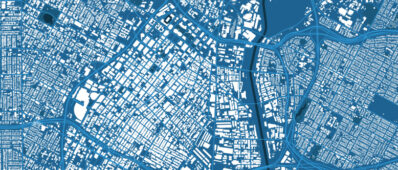Abstract
The ability to model the disruptions of adverse events on various systems, such as infrastructural and social, is an important tool to assessing these systems’ resilience. While previous research on system resilience concentrated on physical infrastructure such as transportation systems, two recent research topics include social resilience and dependencies across many infrastructure systems. For example, transportation is dependent on such systems as power, communications, and the workforces that are key to restoring these infrastructure systems. This dissertation contains three disruption modeling studies that have followed the evolution of resilience research over the past decade from physical systems to interrelated topics. The first study uses mesoscopic traffic simulation to evaluate seismic risk of potential travel time increases from earthquake damage to bridges in a roadway network. This analysis successfully obtained system risk curves of network-wide travel time increases. The second study shifts focus towards workforces that participate in restoring infrastructure systems. It identifies transportation and communications workers and calculates these workers’ exposure to the Peak Ground Accelerations (PGAs) of a 7.8 magnitude Southern California scenario earthquake. Indeed, for this scenario, transportation workers are exposed to statistically significant higher PGAs than non-transportation workers, and communication workers to significantly lower PGAs. The third study proposes a model for the travel time of information along communication-equipped vehicles physically traveling in a network. Vehicles are sampled as equipped vehicles, then their trajectories are analyzed to (1) estimate equipped vehicle link flow and turning movement counts and (2) estimate the frequency of equipped vehicles encountering each other on links and at nodes. This study compares two scenarios: the baseline scenario and a work zone scenario that corresponds to a bridge being damaged in the network. It is hypothesized that there would arise a difference in expected path travel times when (1) the representation of a specified subpath within the sample is increased and (2) when vehicles are routed along currently unused subpaths. This dissertation concludes with a discussion of the contributions of all three studies, as well as suggestions for future work.

